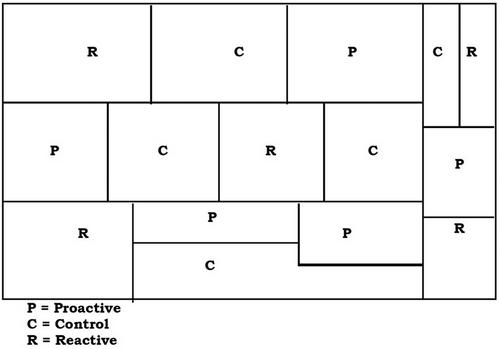Does police patrol in large areas prevent crime? Revisiting the Kansas City Preventive Patrol Experiment
Abstract
Research Summary
The Kansas City Preventive Patrol Experiment (KCPPE) was seen by its developers to have produced “consistent evidence of the lack of effects of any consequence on crime,” a conclusion that was to have a strong impact on assumptions about police patrol for almost half a century. We identified the original official crime data from the KCPPE, and reanalyzed outcomes focusing on a comparison of the “proactive” versus “control” beats (“reactive beats” were criticized because of violations of treatment integrity); examining broad categories of crime (to increase statistical power); and using count regression models. Our findings are not unequivocal, but point to modest impacts of police patrol on crime in police beats.
Policy Implications
Our findings suggest that lessons drawn for half a century from the KCPPE need to be revisited. The KCPPE does not show that police patrol in large areas has no influence on crime, and this finding is consistent with several more recent studies. At the same time, we note that the effects of patrol in the KCPPE using our analysis strategy, and those found in other studies of preventive patrol in larger areas, are about half that found in hot spots policing studies. This suggests that police agencies ideally should invest in focused hot spots policing initiatives. However, absent an ability to manage such initiatives, or the crime analysis capabilities to identify crime hot spots routinely, simpler preventive patrol schemes to utilize uncommitted patrol time can be seen as potentially effective in preventing crime.


 求助内容:
求助内容: 应助结果提醒方式:
应助结果提醒方式:


